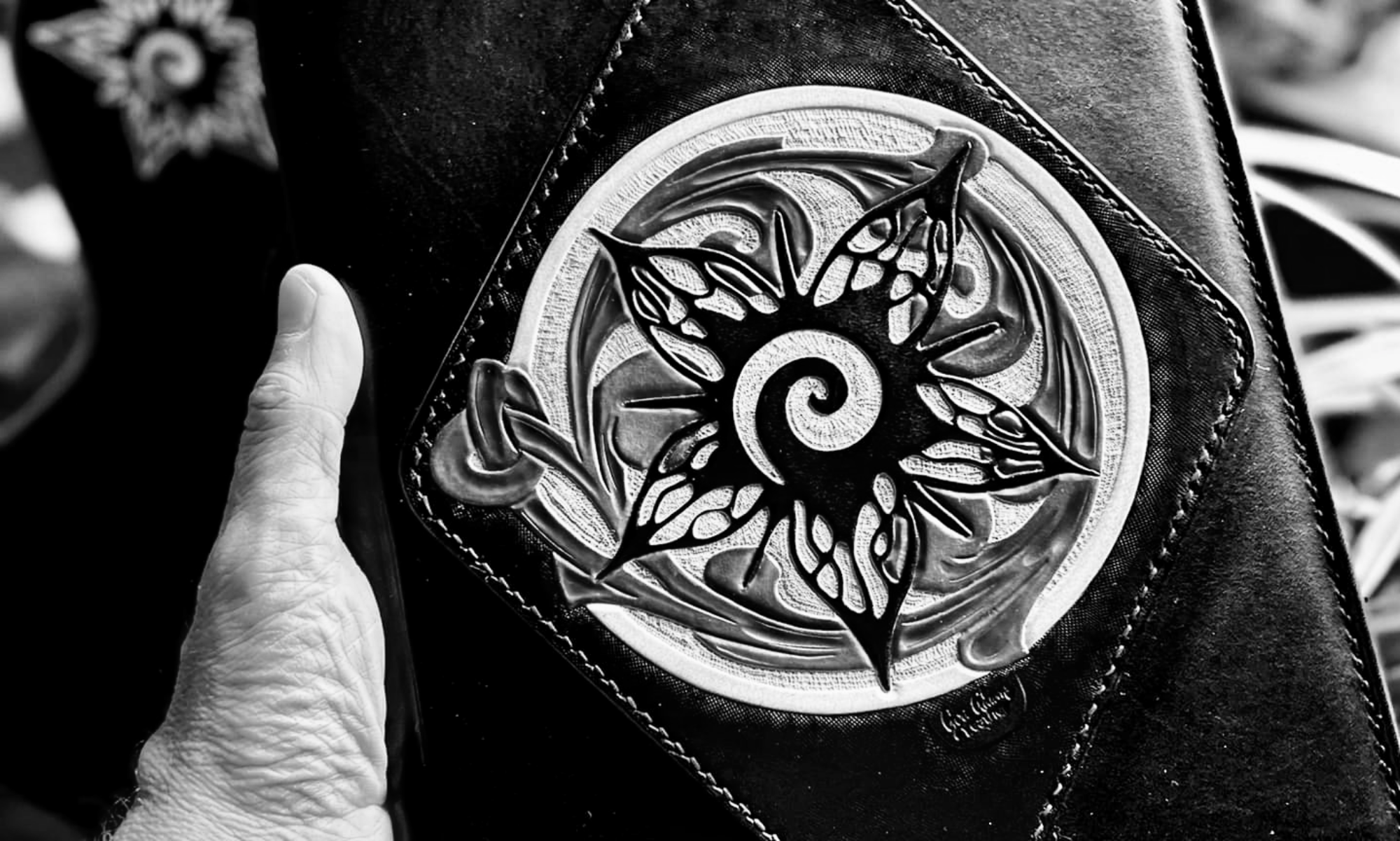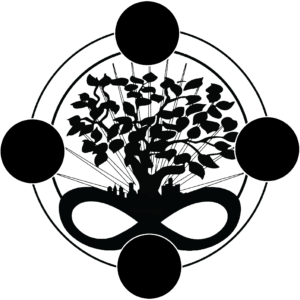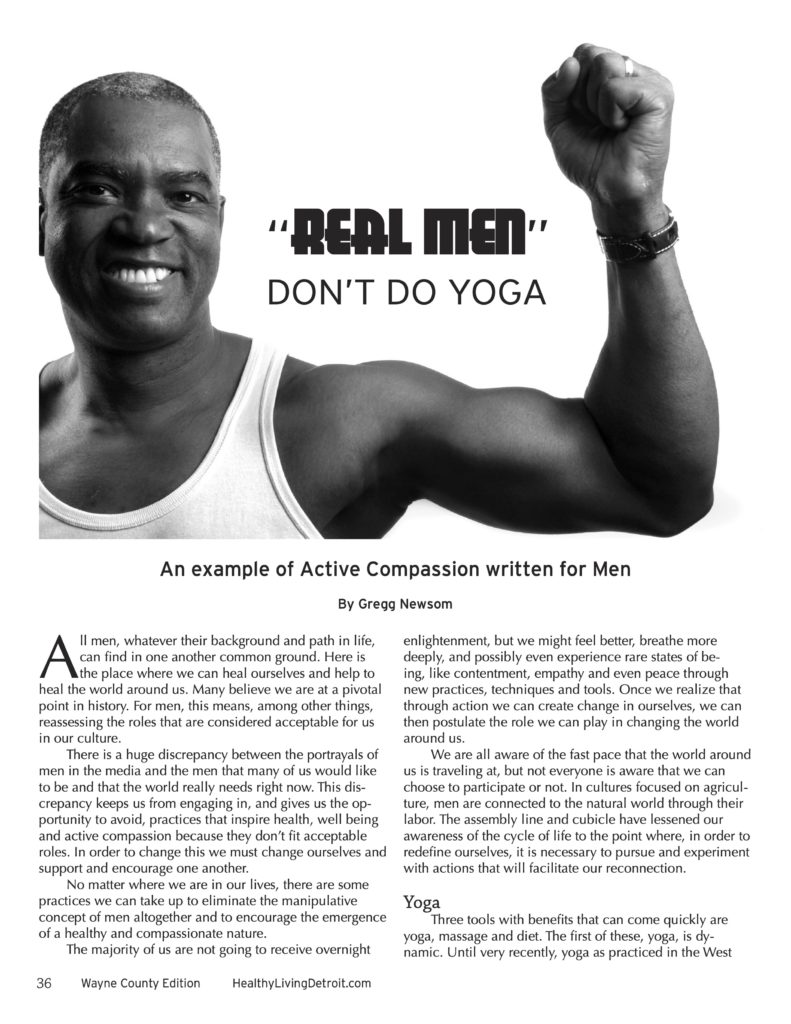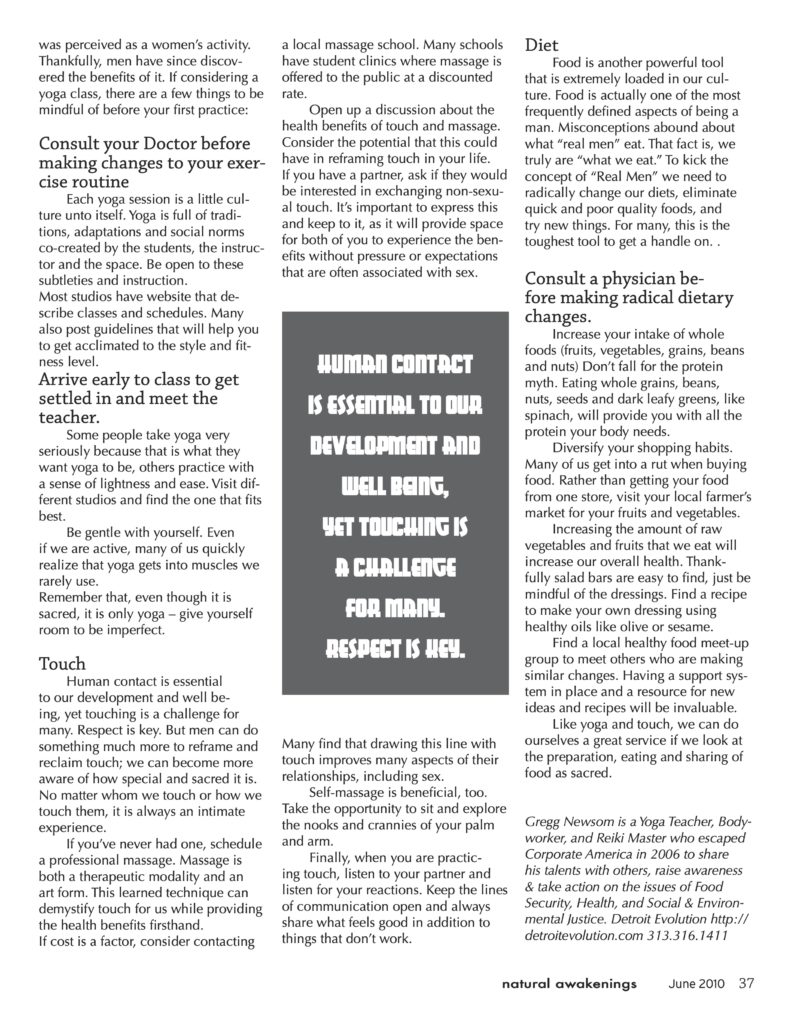 Originally published in the Michigan Citizen, May 2012
Originally published in the Michigan Citizen, May 2012
This is the latest in a series of columns discussing the Environmental Justice Principles drafted and adopted by delegates to the First National People of Color Environmental Leadership Summit held Oct. 24-27, 1991.
Through this weekly column we’ve discussed the potential found in attempts to remove our personal and professional blinders by looking at the principles of digital, environmental, and food justice from different vantage points. It is telling that we’ve found real-world manifestations of the issues these justice principles speak to, both in Detroit’s current events and the history of our city.
This week, being mindful of this history of struggle and the current corporate-funded and media-enforced manipulation of Detroiters, the environmental principle on deck is rather daunting. EJ Principle #5 states; “Environmental Justice affirms the fundamental right to political, economic, cultural and environmental self-determination of all peoples.” That cuts right to the heart of it. From where I sit access to “self-determination” is exactly what is on the auction block in Detroit, that along with the community-owned resources that help to make up our “commons.”
Recently, I’ve been honored to participate in a series of intergenerational conversations around emergency management, potential bankruptcy and consent agreements. These conversations have been transformative for me as I’ve furthered my understanding of how disaster capitalism and institutionalized racism have fostered community-threatening levels of individualism and lack of accountability while propagating both mental and physical apathy and an increased reliance upon external systems. Addressing this apathy, this indifference to the world around us, has been a constant thread in our discussions. Why do so many people, Detroiters and folk across the state of Michigan, appear to be indifferent to or support such measures?
This question sent me into mediation on the nature of apathy itself. While perpetuating the same inability to effect meaningful change, apathy manifests differently for different people. While being a choice for some, apathy is a much less self-determined reality for others. A great disconnect occurs between those who can choose apathy, whether manifest as hipster irony, detached charity, or “tough times, tough measures” posturing, and those who can’t. Insult is added to injury due to the perception of a non-existent equal playing field. This normalizes apathy and somehow makes it acceptable.
One blatantly offensive and detrimental manifestation of the apathy can be found in the comments sections of the majority of online stories around emergency management. The argument runs that incompetence or poor choices justify ‘democracy-lite’ – a reduction in rights. Sadly, the targets of these comments are not just city officials, but also the people of Detroit as a whole. This incendiary ‘incompetence argument’ isn’t left to unencumbered online rhetoric. It is supported by well-organized replication in the media and has been used to justify the “blank slate/ruin porn” narrative and savior mentality that informs a great deal of interest and investment in the city.
While it would be ludicrous to deny the budget deficit or rampant corruption, I regard these things as symptoms and/or side effects of expedited and disrespectful economic divestments that plagued white-flight and unregulated capitalism hyped-up on a mega-dose of steroid-like corporate personhood. This is not intended as an apology for corruption. Leaders, elected officials and citizens alike should be held accountable through respectable means in good times and bad. That being said, I also recognize that, just like each one of us, historically and currently, Detroit’s city officials are navigating systems that are fundamentally designed to turn a profit by any means.
Cries of corruption, even when well warranted, without checked by our humanity have historically been used to disempowered existent populations and grab resources. Similar motions have been applied rather openly in US foreign policy and secretly, behind closed doors, domestically for generations. Maybe a move towards negating apathy and lack of concern for others is to raise awareness that this argument is part of the same flawed, dehumanizing, profit-driven logic used to exploit and enslave people for centuries.
I don’t want to be entirely theoretical here. Through sharing in the work of the Detroit Food Justice Task Force (http://detroitfoodjustice.org), the East Michigan Environmental Action Council (http://www.emeac.org/) and other grassroots organizations, I’ve become more aware how open and inclusive space for participation and low-stress and accessible means of action around issues can combat apathy. Taking part in and promoting actions like Metro FoodLand’s 27/27 Campaign (http://www.metrofoodland.com/) can get us thinking differently about how we are all connected and the role we can play in supporting the move away from apathy and towards self-determination. Until we change, not only the way that we do things, but also the way that we think about things, we cannot offer up anything more than a temporary band-aids or extensions on already borrowed time. In order to begin to manifest any self-determination in the face of the current climate we need to shift paradigms and challenge the very institutions that perpetuate not only poverty but also political, economic and environmental apathy.
– END-



 1/29/11 6:01 PM
1/29/11 6:01 PM
